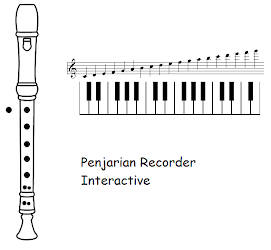Salam...

- Mohd Safea Mohamod
- Department of Preschool, Teacher Training Institute, Campus of Bahasa Melayu, Lembah Pantai, Kuala Lumpur.M.Ed Early Childhood Edu. UKM Bangi, B.Sc Elementary.Edu.Music (EEM) Western Michigan, USA.
Monday, April 27, 2009
Bermain Alat Muzik
Monday, March 2, 2009
PUPPETS IN EDUCATION
Puppets in Education
by A Greensmith
Puppets are an aspect of our history and everyday lives. From marionettes to the Muppets we see them on television, on videos or in live performances. In their different forms they appeal to both old and young alike, represent different customs and traditions and are valuable educational tools. Puppets are both entertaining and captivating. Children can believe and relate to them; they can enter and explore the fascinating inventive world that puppets create.
Learning through play is fundamental to our children's education, helping them to develop the necessary skills in life. Puppets can stimulate children's imagination, encourage creative play and discovery and are a wonderful interactive way to introduce narrative to even the most reluctant reader. They can be a powerful way of bringing story time to life; puppets can provide a focus for role play, encouraging the child's imagination and involvement in activities and can play a fundamental part in the recitation of stories and verse. In addition, hand puppets with workable mouths and tongues are an excellent motivational resource to inspire the teaching of phonics within literacy.
Any puppet can encourage the quietest of children to start talking. Puppets can break down barriers and provide an effective means to initiate communication. The child trusts the puppet and doesn't feel threatened by it, making it a perfect neutral medium through which they can discuss sensitive issues. The child can express thoughts, fears and feelings through the puppet that they might otherwise find difficult to voice to an adult.
Puppets can assist children with special educational needs. They can motivate and support children with difficulties in communication and interaction. They can help to develop their social and motor skills, and can meet the visual, tactile and emotional needs of the individual child. Large human puppets with glove hands and fingers can be used in conjunction with the different varieties of signing, adding a further dimension in helping children with both hearing difficulties and learning disabilities.
All puppets come to life as characters. They can portray different personalities and various traits and they cross all cultures. Puppets can share joy or sadness; they can be naughty or good, cheeky or shy; and when a child is engaged by a puppet they can learn lessons without even realising.
Puppets provide an essential link between learning and play which makes them wonderful teaching tools for at home, the classroom and in the wider community.









